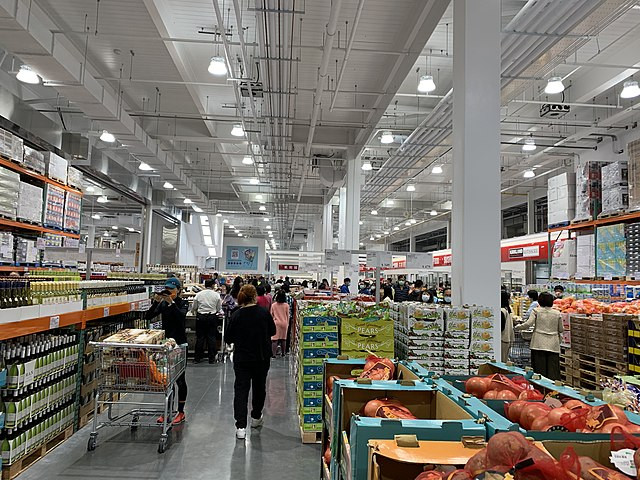Inflation showed signs of accelerating in November, with the consumer price index (CPI) climbing 2.7% over the past 12 months, up slightly from October's 2.6%, according to data released Wednesday by the Bureau of Labor Statistics. On a monthly basis, prices rose 0.3%, marking a quicker pace than October's 0.2% increase.
Excluding volatile food and energy prices, the core CPI rose 3.3% annually, unchanged from the prior month, while increasing 0.3% for the third consecutive month on a monthly basis. All figures were in line with analyst expectations.
The latest data underscores persistent inflationary pressures in key categories, such as shelter and new vehicles, and comes as the Federal Reserve prepares to meet next week to decide its next steps on interest rates. Markets remain overwhelmingly confident the central bank will lower its benchmark borrowing rate by 25 basis points at the meeting's conclusion on December 18.
"In-line core inflation clears the way for a rate cut at next week's [Federal Open Market Committee] meeting," said Whitney Watson, global co-head and co-CIO for fixed income at Goldman Sachs Asset Management. "The Fed will depart for the holiday break still confident in the disinflation process."
While inflation has retreated from the 40-year highs seen in mid-2022, it remains above the Federal Reserve's long-term target of 2%. Policymakers have expressed concern about the resilience of price pressures, suggesting the pace of future rate cuts may need to slow if inflation progress continues to stall.
Much of November's increase stemmed from shelter costs, which climbed 0.3% and accounted for 40% of the overall monthly inflation increase, according to the Bureau of Labor Statistics. On an annual basis, shelter costs were up 4.7%, though smaller monthly gains in measures like rent suggest that housing inflation may finally be easing.
Elsewhere, used vehicle prices rose sharply, climbing 2% monthly, while new vehicle prices increased 0.6%, reversing recent declines. Food costs rose 0.4% in November and were up 2.4% year over year, with cereals and bakery products experiencing a record-breaking 1.1% monthly drop. Meanwhile, energy prices increased 0.2% in November but remained 3.2% lower compared to a year earlier.
While upper-middle-class and wealthy households have been better able to absorb higher prices due to gains in assets like stocks and real estate, some economists warn that inflated valuations could unravel quickly if economic conditions change. "Anything that doesn't stick to the script, like higher inflation or slower growth, could cause a serious sell-off and be a problem for the broader economy," said Mark Zandi, chief economist at Moody's Analytics.
The Federal Reserve faces a delicate balancing act as it aims to lower inflation without triggering a recession. Although Wall Street expects a rate cut next week, analysts are less certain about future policy moves. Markets have priced in only a 23% chance of an additional cut in January, reflecting skepticism about whether inflation will decline quickly enough to justify further easing.
Some analysts also question whether rate cuts are having the intended effect across the economy. Despite the Fed's reductions since September, credit card interest rates have continued to rise, and 30-year mortgage rates remain near 7%, pressuring consumers.
Seema Shah, chief global strategist at Principal Asset Management, noted that inflationary risks tied to policies like potential tariffs remain a concern for the Fed. "The Fed will be concerned by the very stubborn nature of inflation and increasingly cautious about the upside risks that such policies could bring," Shah said in a note to clients.






